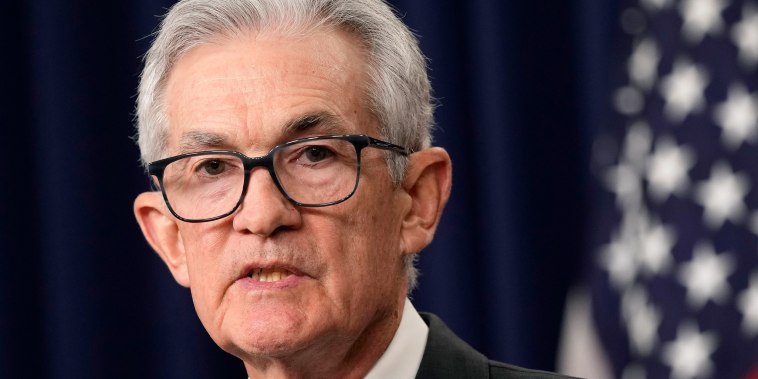In a world where economic growth, inflation, and unemployment rates constantly fluctuate, the decisions made by central banks hold immense power over the direction of a country’s economy. The Federal Reserve, in particular, is a key player in shaping the monetary policy of the United States. One of the most critical tools at the Fed’s disposal is the manipulation of interest rates.
There has been much debate surrounding the Federal Reserve’s decision to keep interest rates higher for an extended period. While conventional wisdom may dictate that lower interest rates spur economic growth, there are compelling arguments in favor of the Fed maintaining higher rates.
Firstly, higher interest rates can act as a buffer against inflationary pressures. When the economy is overheating, and prices are rising rapidly, the Fed may opt to raise interest rates to cool down spending and borrowing. By making it more expensive to borrow money, higher interest rates can help dampen inflationary pressures and stabilize prices.
Moreover, higher interest rates can also encourage savings and discourage excessive risk-taking. When interest rates are low, borrowing money becomes cheap, leading consumers and businesses to take on more debt. This can result in unsustainable levels of borrowing and risky financial behavior. By keeping rates higher, the Fed can promote a culture of prudent financial management and reduce the likelihood of economic bubbles forming.
Additionally, higher interest rates may benefit savers and those on fixed incomes. When interest rates are low, savers often see diminished returns on their savings and investments. By keeping rates higher, the Fed can help ensure that savers earn a more attractive rate of return on their investments, providing greater financial security for those relying on fixed incomes.
Furthermore, higher interest rates can help stabilize financial markets and prevent excessive asset inflation. Low interest rates can incentivize investors to take on more risk in search of higher returns, potentially leading to asset bubbles and market volatility. By maintaining higher rates, the Fed can mitigate the risk of speculative excess and promote greater market stability.
In conclusion, while the decision to keep interest rates higher for an extended period may seem counterintuitive at first glance, there are compelling reasons to justify this approach. Higher interest rates can act as a tool to combat inflation, encourage financial prudence, benefit savers, and promote market stability. Ultimately, the Federal Reserve must carefully weigh these considerations when formulating monetary policy to ensure a balanced and sustainable economic future.
